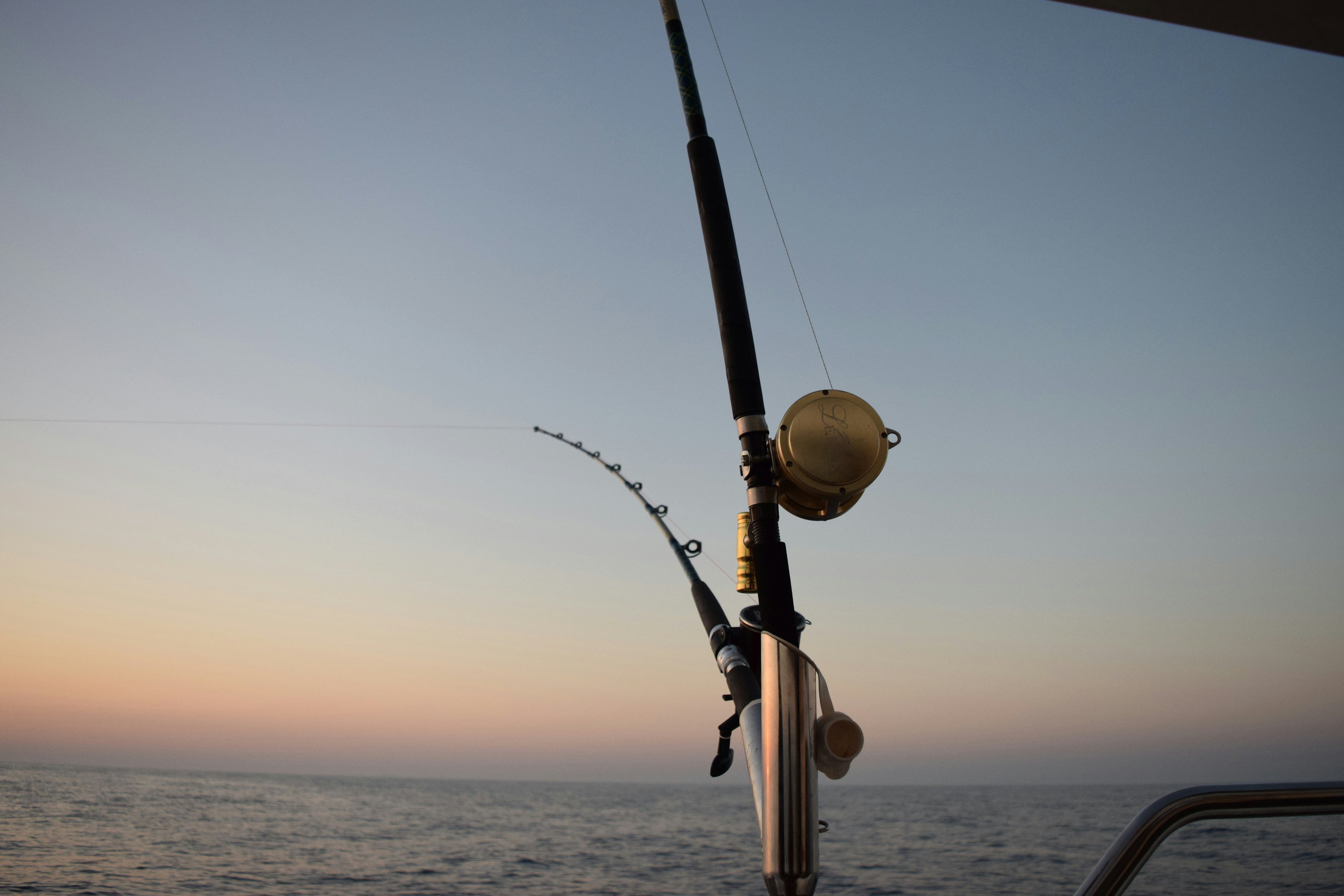Picking the right line strength can be the difference between landing a solid fish or just having another “one that got away” story. Whether you’re casting off a jetty or dropping baits for cod, getting your pound test right is one of the first things you want to get sorted in your setup.
We’ve broken it down so you can get it right.
What line strength should I use?
Here’s a rough guide to help you choose based on common fishing styles:
6-10 lb - Light Line for Estuaries, Lakes & Whiting Grounds
Perfect for:
-
Whiting, herring, bream, trout, perch, panfish, crappie, small bass
-
Estuaries, lakes, calm rivers, jetties, and light surf
Go light when you're targeting smaller fish in clear water where presentation matters.
20-40 lb - All-Rounders for Beach, Boat & Bay
Perfect for:
-
Small snapper, mulloway (jewfish), salmon, flounder, bass, flathead, sheepshead
-
Offshore reefs, beach fishing, larger rivers, and inshore structure
This is your sweet spot for general-purpose rigs. Strong enough to stop decent fish, but still versatile. If you're fishing bottom rigs with bait, 20-40 lb is the go-to for many situations.
60 lb - Heavy-Duty Rigs for Reefs, Wrecks & Deep Drops
Perfect for:
-
Coral trout, cobia, nannygai, barramundi, grouper, medium snapper, cod.
-
Heavy structure, deep water, rough reef zones
When you're fishing for power and need to muscle fish out of snags or reefy terrain, step it up.
80-100 lb - Heavy Duty Stuff for Offshore Anglers
Perfect for:
-
Big snapper, Reds, amberjack, big cod, deepwater species
-
Reef drop-offs, big current, heavy tackle days
This isn’t for a casual arvo flick. This is heavy gear built for serious fights. If you're chasing monsters or want zero mucking around when the big fish hit, this is where you want to be.
